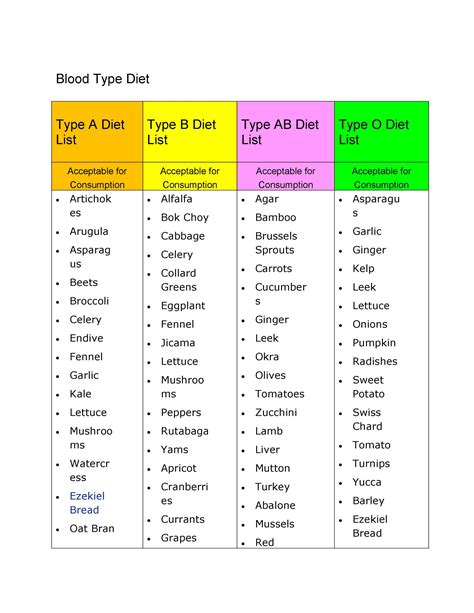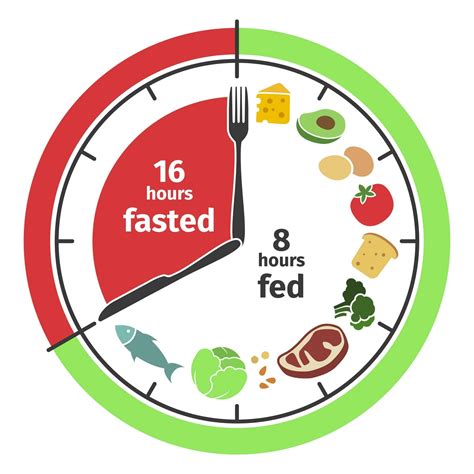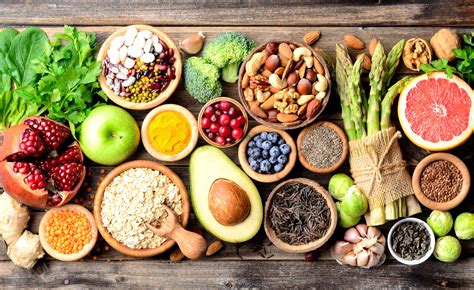Discover the key principles and health benefits of the macrobiotic diet, common foods, and tips for starting. Transform your health today!
Understanding the Macrobiotic Diet
Contents
The macrobiotic diet is a way of eating that is based on the principles of balance and harmony. It is not just a diet, but a way of life that promotes physical, mental, and spiritual well-being. The term macrobiotic comes from the Greek words macro meaning large or long, and bios meaning life. The goal of the macrobiotic diet is to achieve balance and harmony in all aspects of life, including diet, exercise, and mental attitude.
One of the key principles of the macrobiotic diet is the concept of yin and yang. According to this philosophy, all foods have yin or yang qualities, and the key to good health is to maintain a balance between the two. Foods with yin qualities are considered to be expansive, light, and cooling, while foods with yang qualities are considered to be contractive, dense, and warming. The macrobiotic diet seeks to balance these qualities by including a variety of foods in each meal that are energetically complementary.
The macrobiotic diet is primarily based on whole grains, fresh vegetables, beans, and sea vegetables. It emphasizes the consumption of locally grown, seasonal foods, and avoids processed and refined foods. In addition to these staple foods, the macrobiotic diet also includes small amounts of fish, fruit, nuts, seeds, and fermented foods. The diet is low in fat and sodium, and does not include dairy products, refined sugars, or artificial additives.
People who follow the macrobiotic diet often report a range of health benefits, including improved digestion, increased energy levels, and weight loss. Some studies have also suggested that the macrobiotic diet may help to reduce the risk of certain chronic diseases, such as heart disease, diabetes, and cancer. However, it is important to note that the macrobiotic diet is not suitable for everyone, especially pregnant women, children, and individuals with certain medical conditions. It is always best to consult with a healthcare professional before making any significant changes to your diet.
In summary, the macrobiotic diet is a holistic approach to eating that emphasizes balance, harmony, and the consumption of whole, natural foods. By following the principles of yin and yang, and choosing foods that are energetically complementary, people can achieve better health and well-being. While the macrobiotic diet may not be suitable for everyone, it can provide a valuable framework for making healthier food choices and improving overall health.
Key Principles of the Macrobiotic Diet
One of the key principles of a macrobiotic diet is the belief in the balance of yin and yang energies within the body. This principle is central to the macrobiotic philosophy and is used to guide food choices, cooking methods, and overall lifestyle. By consuming a balance of yin and yang foods, it is believed that individuals can achieve greater physical, emotional, and spiritual health.
In addition to the yin and yang balance, the macrobiotic diet emphasizes the consumption of whole, unprocessed foods. This means that individuals following a macrobiotic diet should focus on consuming a variety of whole grains, fresh vegetables, sea vegetables, beans, and seafood. These foods are thought to be rich in essential nutrients and to promote overall balance within the body.
Another key principle of the macrobiotic diet is the practice of mindful eating. This involves taking the time to prepare and enjoy meals, as well as being present and attentive while eating. By practicing mindful eating, individuals can develop a deeper connection to the food they consume and gain a greater appreciation for the nourishment it provides.
Finally, the macrobiotic diet encourages individuals to follow the natural rhythms of the earth and the seasons when choosing foods. This means that individuals should strive to consume seasonal and locally sourced foods whenever possible, as these are thought to be more in tune with the body’s needs.
Health Benefits of Following a Macrobiotic Diet
Following a macrobiotic diet can have numerous health benefits for individuals who adhere to its principles and guidelines. One of the main advantages of this diet is that it focuses on consuming whole, natural foods that are minimally processed, which can lead to improved overall health and well-being. By prioritizing the consumption of organic fruits and vegetables, whole grains, and plant-based proteins, individuals following a macrobiotic diet are essentially fueling their bodies with the essential nutrients and antioxidants needed for optimal health.
In addition, the emphasis on consuming foods that are in season and locally sourced can also have a positive impact on one’s health. By avoiding highly processed and artificially flavored foods, individuals can reduce their intake of artificial additives and preservatives, which have been linked to various health issues such as heart disease, obesity, and diabetes. The macrobiotic diet’s focus on natural, whole foods can help individuals maintain a healthier body weight and lower their risk of developing chronic diseases.
Furthermore, adhering to a macrobiotic diet can also contribute to better digestive health. The consumption of fiber-rich foods such as whole grains, legumes, and vegetables can promote regular bowel movements and prevent constipation. Additionally, the avoidance of processed foods and refined sugars can help maintain a healthy gut microbiome, which is essential for overall digestive wellness.
Overall, the numerous health benefits of following a macrobiotic diet make it an attractive option for individuals seeking to improve their overall well-being and longevity. By prioritizing whole, natural foods and avoiding processed and artificially flavored items, individuals can experience improved digestive health, reduced risk of chronic diseases, and optimal nutrient intake for overall health and wellness.
Common Foods Included in a Macrobiotic Diet
One of the key principles of a macrobiotic diet is to consume whole, natural foods that are locally sourced and in season. This means that a variety of whole grains, such as brown rice, barley, millet, and quinoa, are a staple in this diet. These whole grains are often the base of many macrobiotic meals, providing the necessary carbohydrates and fiber for a balanced diet.
Another common food included in a macrobiotic diet is a wide variety of locally grown vegetables, such as leafy greens, root vegetables, seaweed, and other seasonal produce. These vegetables provide essential vitamins, minerals, and antioxidants that support overall health and well-being.
Beans and legumes are also a significant part of the macrobiotic diet, providing a good source of plant-based protein and fiber. Commonly included options are adzuki beans, lentils, and chickpeas, which are used in soups, stews, and other main dishes.
Additionally, sea vegetables such as nori, kombu, and wakame are frequently included in macrobiotic recipes. These nutrient-rich foods not only add flavor and texture to meals but also provide a natural source of iodine, essential for thyroid health.
Finally, fermented foods like miso, tamari, and pickled vegetables are commonly consumed in a macrobiotic diet. These probiotic-rich foods support gut health and digestion, as well as adding depth of flavor to dishes.
Tips for Starting a Macrobiotic Diet
Starting a macrobiotic diet can be a significant lifestyle change, but with some practical tips, the transition can be smooth and effective. It’s essential to understand the key principles of the macrobiotic diet and gradually incorporate the changes into your daily routine.
First and foremost, it’s important to consult with a certified nutritionist or healthcare professional before starting a macrobiotic diet. They can provide personalized guidance based on your individual health status, dietary preferences, and lifestyle. This step is crucial for ensuring that the diet meets your nutritional needs and supports your overall well-being.
When embarking on a macrobiotic diet, it’s advisable to start with simple, whole foods that are readily available. Incorporate a variety of grains, legumes, vegetables, and seaweed into your meals to ensure a balanced and diverse diet. It’s also important to prioritize organic and locally sourced ingredients whenever possible to minimize exposure to pesticides and support sustainable agriculture.
Additionally, take the time to learn about the traditional cooking methods and recipes associated with the macrobiotic diet. This can help you gain a deeper understanding of the philosophy behind the diet and make meal planning an enjoyable and enriching experience. Experiment with different flavors, textures, and seasonings to create nourishing and satisfying meals that align with the principles of macrobiotic eating.
As with any major dietary change, it’s important to be patient and allow your body to adjust gradually. Listen to your body’s cues, and make adjustments as needed to ensure that the macrobiotic diet is sustainable and enjoyable for you. Finally, remember that self-care and mindfulness are integral components of the macrobiotic lifestyle. Take the time to cultivate a peaceful and mindful approach to eating, savoring each meal and appreciating the nourishment it provides for your body and spirit.












